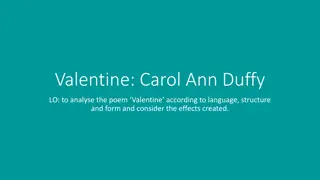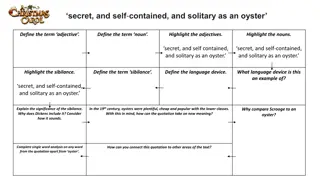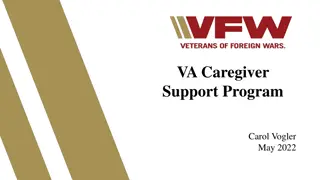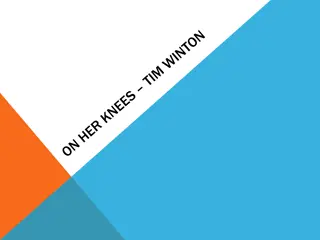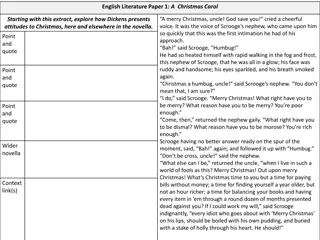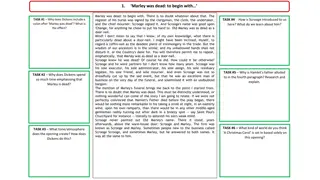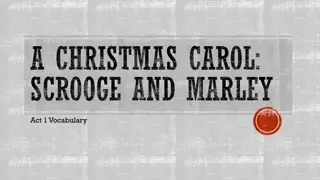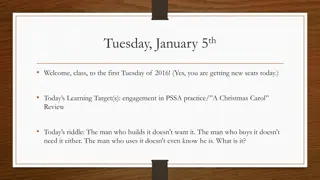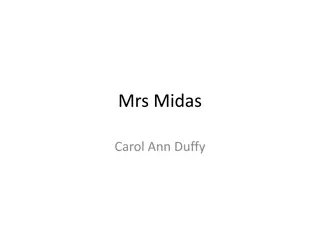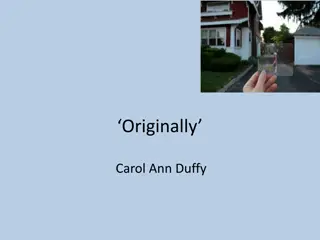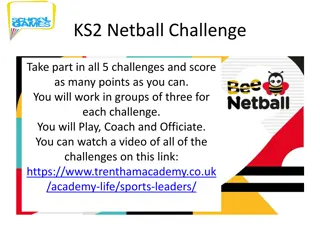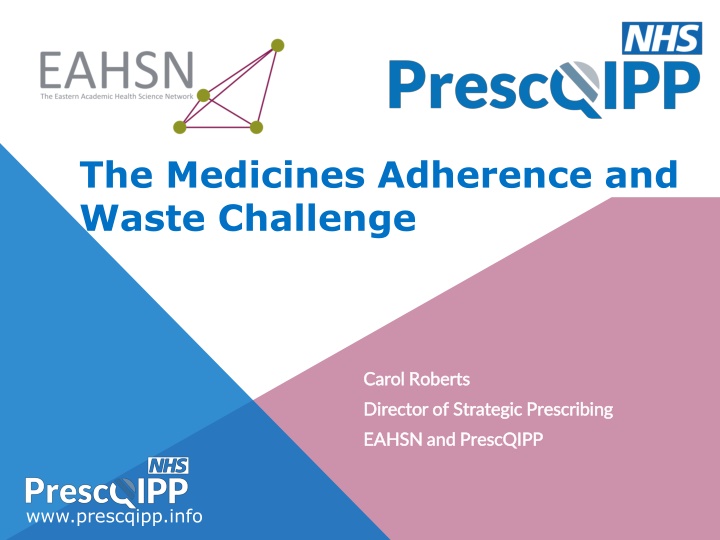
The Medicines Adherence and Waste Challenge: Addressing Healthcare Concerns
Explore the pressing issue of medicines adherence and waste in healthcare, impacting patient care and safety. Learn about the challenges, implications, and strategies for optimization to enhance patient outcomes and reduce wastage.
Download Presentation

Please find below an Image/Link to download the presentation.
The content on the website is provided AS IS for your information and personal use only. It may not be sold, licensed, or shared on other websites without obtaining consent from the author. If you encounter any issues during the download, it is possible that the publisher has removed the file from their server.
You are allowed to download the files provided on this website for personal or commercial use, subject to the condition that they are used lawfully. All files are the property of their respective owners.
The content on the website is provided AS IS for your information and personal use only. It may not be sold, licensed, or shared on other websites without obtaining consent from the author.
E N D
Presentation Transcript
The Medicines Adherence and Waste Challenge Carol Roberts Carol Roberts Director of Strategic Prescribing Director of Strategic Prescribing EAHSN and PrescQIPP EAHSN and PrescQIPP www.prescqipp.info
Background: why are we here? MAW = one of the greatest challenges to patient care and safety. and it s only going to get worse without intervention. We re all stakeholders. We all benefit from improved outcomes. NHS and Industry collaboration could really make a real difference! PATIENT 2 An EAHSN Event working with
Multimorbidity is common in Scotland 4 An EAHSN Event working with
What does this mean? Only 18% of patients with COPD have just COPD Only 14% of patients with Diabetes just have Diabetes Only 5 % of patients with Dementia have just Dementia 5 An EAHSN Event working with
Medicines utilisation in practice Medicines - most common therapeutic intervention and biggest cost after staff 30 to 50% not taken as intended Patients have insufficient supporting information 5 to 8% of hospital admissions due to preventable adverse effects of medicines Medication errors across all sectors and age groups at unacceptable levels Medicines wastage in primary care: 300M pa with 150M pa avoidable The threat of antimicrobial resistance Appropriate vs inappropriate Polypharmacy 6 An EAHSN Event working with
Key Driver Medicines Optimisation 7 An EAHSN Event working with
8 An EAHSN Event working with
The causes of waste and lost therapeutic value Source: Evaluation of the Scale, Causes and Costs of Waste Medicines London School of Pharmacy/ York Health Economics Consortium November 2010. 9 An EAHSN Event working with
How we established a framework Identify key areas to address: Secondary care use of medicines; Primary care use of medicines: Acute/ initial generation of prescription; Repeat prescribing; Care homes and community care; Review the patient s journey; Identify best practice and how applies to framework. 10 An EAHSN Event working with
So we asked the patients for their input 11 An EAHSN Event working with
and so the survey said Need more information on how medicines work and the information needs to be presented in an appropriate way; Clarify the role of healthcare professional in medicines taking: prescriber, hospital pharmacist, community pharmacist and dispenser; Need to improve communication between hospital and primary care; Review place of compliance aids; Appearance of medicines needs to be standardised; Patients need to value medicines and know costs. 12 An EAHSN Event working with
Now do you understand why taking a medicine is confusing ...? 13 An EAHSN Event working with
July The MAW framework report Clear methodology A range of views Key areas of need Pathway maps 6 Challenges / Opportunities 14 An EAHSN Event working with
Focus on the whole pathway 15 An EAHSN Event working with
Our 6 Challenges & Themes for MAW A. Prescribing and the patient: Improve patients understanding of medicines; Ensure patients are completely engaged in medicines taking; Explore opportunities to ensure effective medicine taking; Explore opportunities with Pharma on standardisation of medicines appearance. B. Transmission/ transcription/ supply of medicines: Focussed pharmaceutical support to care homes; Pharmaceutical support to extra care housing; Evaluate impact of electronic prescribing on supply and ordering of medicines. 16 An EAHSN Event working with
C. Communication between primary, secondary and community care: Agree standardisation of high risk patient and provide focussed pharmaceutical care; Explore innovative opportunities e.g.: Use of green bags for medicines transmission; Agree medicines supply in CCG contracts; MAR charts provided on discharge for high risk pts, or receiving carer support; More innovative use of New Medicines Service on discharge including more joined up communication relating to pharmaceutical care. D. Effective Use of patients medicines in hospitals: Explore use of dedicated admission support pharmacist; Reduce medicines wastage in hospital: Use unopened stickers on inhalers; Reduce quantity and tag supply of high cost drugs to wards; Explore use of dedicated pharmaceutical support to high risk patients on discharge. 17 An EAHSN Event working with
E. Effective Engagement of Community Pharmacists in Pharmaceutical Review: Explore how to make New Medicines Scheme or Medicines Use Review more effective in targeted patient groups. Evaluate improved outcomes. F. Explore Opportunities to ensure that patients understand the cost and value of their medicines: Consider use of social marketing in targeted patient groups. 18 An EAHSN Event working with
Some thoughts for the day: So we need a step change in the way we support patients to use their medicines well. Medicines Optimisation offers us the opportunity to collaborate with patients, the public and Pharma to get better outcomes. We must move the focus from cost to value Embrace innovations and new technologies 19 An EAHSN Event working with


